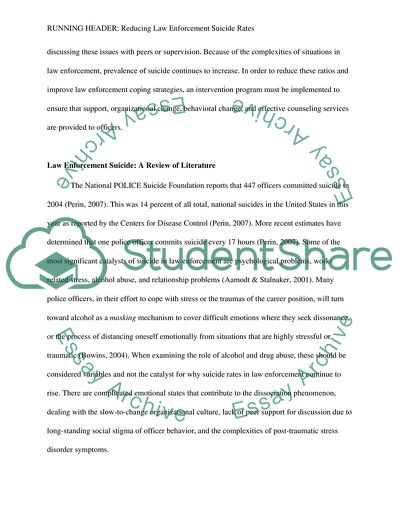Cite this document
(Reducing Law Enforcement Suicide Rates: An Intervention Program for Research Paper, n.d.)
Reducing Law Enforcement Suicide Rates: An Intervention Program for Research Paper. Retrieved from https://studentshare.org/psychology/1781481-suicide-prevention-in-law-enforcement
Reducing Law Enforcement Suicide Rates: An Intervention Program for Research Paper. Retrieved from https://studentshare.org/psychology/1781481-suicide-prevention-in-law-enforcement
(Reducing Law Enforcement Suicide Rates: An Intervention Program for Research Paper)
Reducing Law Enforcement Suicide Rates: An Intervention Program for Research Paper. https://studentshare.org/psychology/1781481-suicide-prevention-in-law-enforcement.
Reducing Law Enforcement Suicide Rates: An Intervention Program for Research Paper. https://studentshare.org/psychology/1781481-suicide-prevention-in-law-enforcement.
“Reducing Law Enforcement Suicide Rates: An Intervention Program for Research Paper”, n.d. https://studentshare.org/psychology/1781481-suicide-prevention-in-law-enforcement.


